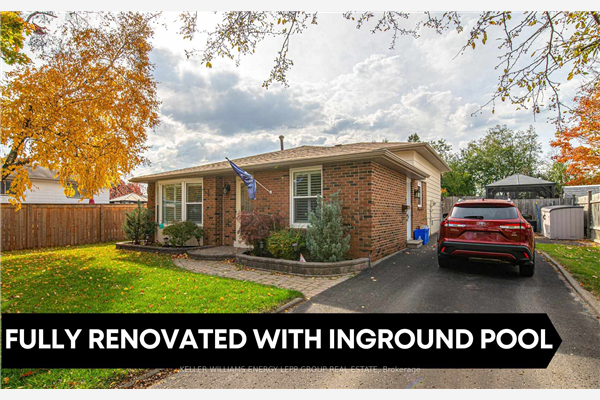Unlocking Your Dream Home with a 203b Loan: A Comprehensive Guide
Guide or Summary:What is a 203b Loan?Benefits of a 203b LoanEligibility RequirementsThe Application ProcessWhen it comes to purchasing a home, many potentia……
Guide or Summary:
When it comes to purchasing a home, many potential buyers find themselves overwhelmed by the various financing options available. One option that often stands out is the 203b loan, a government-backed mortgage program designed to make homeownership more accessible, especially for first-time buyers. In this comprehensive guide, we will explore the ins and outs of the 203b loan, detailing its benefits, eligibility requirements, and the application process, so you can confidently navigate your path to homeownership.
What is a 203b Loan?
The 203b loan is a type of Federal Housing Administration (FHA) loan that provides financing for homebuyers looking to purchase a primary residence. This program is particularly beneficial for those who may not have a large down payment or have less-than-perfect credit. The FHA insures these loans, which reduces the risk for lenders and allows them to offer more favorable terms to borrowers.
One of the most appealing aspects of the 203b loan is its low down payment requirement. Buyers can secure a mortgage with as little as 3.5% down, making it an attractive option for those who may struggle to save for a larger down payment. Additionally, the 203b loan allows for a variety of property types, including single-family homes, multi-family homes (up to four units), and certain condominiums.
Benefits of a 203b Loan
There are several key benefits to consider when evaluating a 203b loan for your home purchase:
1. **Low Down Payment**: As mentioned, the 203b loan requires only a 3.5% down payment, which can significantly lower the barrier to entry for first-time homebuyers.
2. **Flexible Credit Requirements**: The FHA does not impose strict credit score requirements, allowing individuals with lower credit scores to qualify for financing. Generally, a score of 580 or higher is needed for the 3.5% down payment, while those with scores between 500 and 579 may still qualify with a 10% down payment.

3. **Competitive Interest Rates**: Because these loans are backed by the government, lenders are often able to offer lower interest rates compared to conventional loans.
4. **Assumable Loans**: One unique feature of the 203b loan is that it can be assumed by a future buyer, which can make your property more attractive when it comes time to sell.
5. **Funding for Repairs and Improvements**: In some cases, the 203b loan can be combined with other FHA programs to finance necessary repairs or renovations, making it easier to purchase a home that needs a little TLC.
Eligibility Requirements
While the 203b loan is designed to be accessible, there are still specific eligibility requirements that potential borrowers must meet:
- **Primary Residence**: The property must be the borrower’s primary residence, meaning it cannot be used as a rental or vacation home.
- **Debt-to-Income Ratio**: Borrowers typically need to have a debt-to-income (DTI) ratio of 43% or lower, although exceptions may be made in certain circumstances.

- **Employment History**: A steady employment history is generally required, with at least two years in the same field being preferred.
- **Mortgage Insurance**: All FHA loans, including the 203b, require mortgage insurance premiums (MIP), which protect the lender in case of default.
The Application Process
Applying for a 203b loan involves several steps, but with the right preparation, it can be a smooth process:
1. **Pre-Approval**: Start by getting pre-approved for a loan. This involves submitting financial documents to a lender who will assess your creditworthiness.
2. **Finding a Home**: Once pre-approved, you can begin searching for homes that meet your needs and budget.
3. **Submitting an Offer**: When you find a property you like, submit an offer. If accepted, you’ll proceed with the loan application.

4. **Home Appraisal**: The lender will require a home appraisal to ensure the property is worth the loan amount.
5. **Closing**: After all conditions are met, you’ll go through the closing process, where you’ll finalize the loan and take ownership of your new home.
In conclusion, the 203b loan is an excellent option for those looking to achieve homeownership without the burden of a large down payment or stringent credit requirements. With its numerous benefits and supportive government backing, it stands out as a viable financing solution for many aspiring homeowners. By understanding the eligibility criteria and the application process, you can take the first steps toward unlocking the door to your dream home.